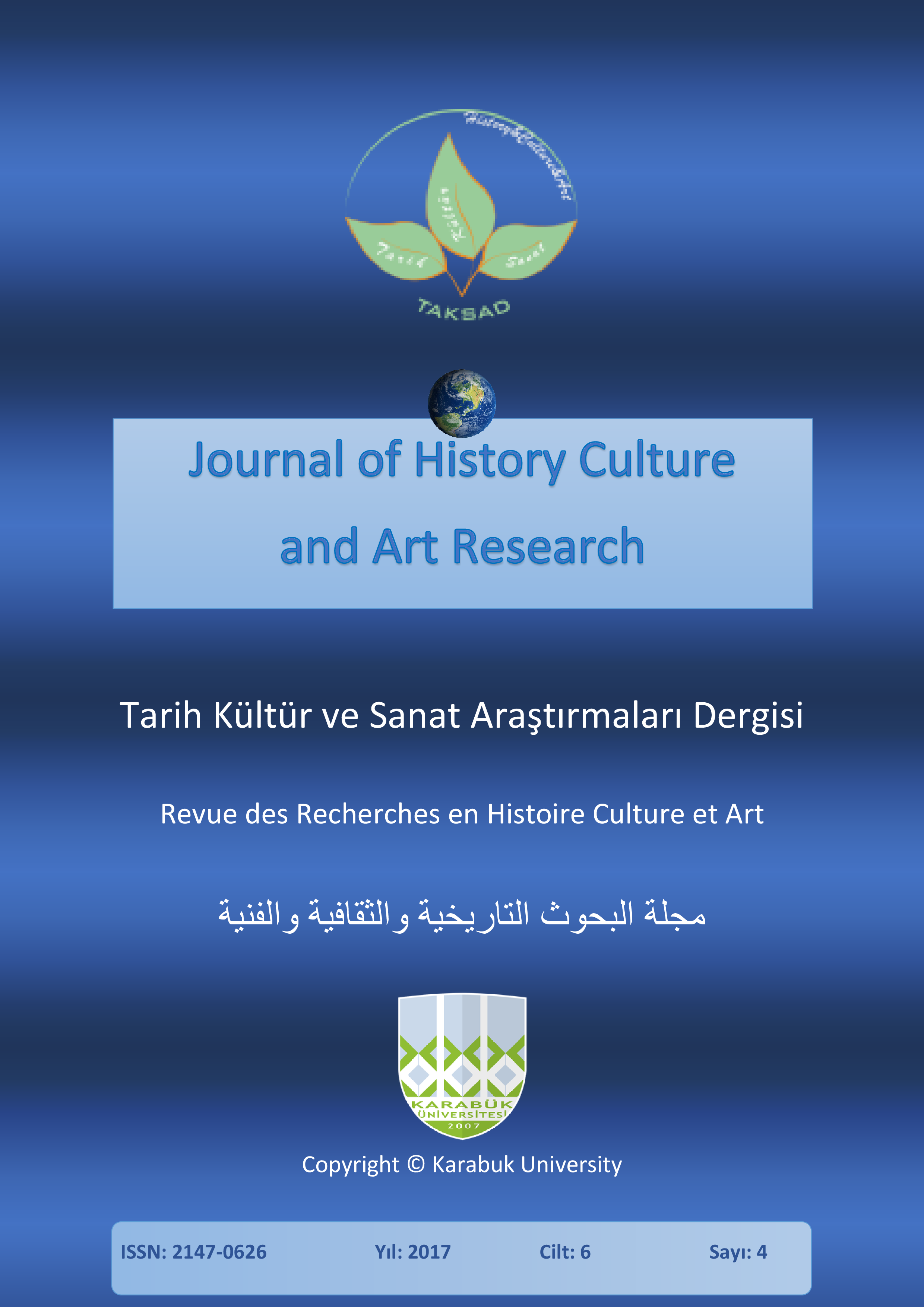An Investigation into Self-Translation
DOI:
https://doi.org/10.7596/taksad.v6i4.1166Keywords:
Linguistics, Education, Applied linguistics, Self-translation, Bilingualism, Language education, Migration, Culture.Abstract
The paper analyzes the nature, basic aspects, and specific features of self-translation in the context of translation theory and practice, as well as basic causes making writers translate their works. The analysis of the works on the topic shows that the issue is understudied and demands further investigation. Our analysis shows that self-translation (translation of the author) is considered to be the translation of an original work into another language by the author himself. On the one hand, it is a rather rare phenomenon. On the other hand, self-translation represents “ideal” translation since the author is in a better position than any ordinary translator because he knows his creation as nobody else and has the authority to allow himself shifts in the translation which might not have been ‘allowed’ by another translator. The results of self-translation can be regarded as certain “gold standards” for others to make use of. There are different reasons that cause bilingual writers to translate their works, both linguistic (interest to languages, wish to create and use new expressive means, dissatisfaction with existing translations, etc.) and extra-linguistic (emigration, challenge to check one’s gift in new conditions, paying tribute to motherland, etc.). It is obvious that some reasons are objective, but others can be considered subjective, the latter being more powerful and stimulating.
References
Arzhantseva, N. V.; Maklakova, N. V. & Khovanskaya, E. S. (2016). Osobennosti perevoda kompozitov i frazeologizmov s anglijskogo yazyka na russkij. Kazan: izd-vo Kazanskogo un-ta.
Bahtikireeva, U. M. (2005). Hudozhestvenny bilingvism i osobennosti russkogo hudozhestvennogo texta pisatelya-bilingva (Doctoral dissertation). Peoples' Friendship University of Russia.
Baleevskikh, K. V. (2012). Pisatel-bilingv: svoy sredi chuzhih. Yaroslavl Pedagogical Bulletin, Retrieved February 26, 2017, from http://vestnik.yspu.org/releases/novye_Issledovaniy/12_2/
Boyd, B. (2016). Nabokov as Translator: Passion and Precision. Retrieved March 20, 2016, from http://www.usp.br/rus/images/edicoes/Rus_n01/04 _BOYD_Brian_Nabokov_as_Translator_-_Passion_and_Precision.pdf
Bastin, G. L. & Bandia, P. F. (eds.) (2006). Charting the future of translation history. Ottawa: University of Ottawa Press.
Evseeva, K. & Kozlova, Yu. (2016). Modality in English and Russian languages and methods of its transmission in bilingual translation. International Journal of Humanities and Cultural Studies, July, 552-559.
Federman, R. (1996). A Voice within a Voice: Federman Translating / Translating Federman. http://www.federman.com/rfsrcr2.htm
Feschenko, V. V. (2015). Avtoperevod poeticheskogo teksta kak raznovidnost avtokommunikatsii. Kritika i semiotika, 1, 199-218.
Finkel, A. M. (1962). Ob avtoperevode (na materiale avtorskih perevodov G.F. Kvitki-Osnobyanenko). In Teoria and kritika perevoda (pp. 56-78). Leningrad.
Fitch, B. (1988). Beckett and Babel: An Investigation into the State of the Bilingual Work, Toronto.
Hokenson, J. W. (2007) The Bilingual Text. History and Theory of Literary Self-Translation. Manchester, N.Y.: St. Jerome Publishing.
Khovanskaya, E. S. (2016). The awakening of ethnic consciousness and features of the artistic structure of Julie Otsuka's when the emperor was divine. Vestnik Tomskogo Gosudarstvennogo Universiteta, Filologiya, http://www.scopus.com/inward/record.url?eid=2-s2.0-84983471370&partnerID=MN8TOARS
Nabokov o Nabokove i prochem: Interview, retsenzii, essay. (2002). Moscow, M: Nezavisimaya gazeta.
Nesterov, A. (2001). Avtoperevod kak avtokommentary. Retrieved February 26, 2017, from http://magazines.russ.ru/inostran/2001/7/nester.html
Nikolaev, S. G. (1999). Ob odnom stihotvorenii Brodskogo i ego perevode, vypolnenom avtorom. Retrived February 26, 2017, from http://www.relga.ru/Environ/WebObjects/tgu-www.woa/wa/Main?textid=1932&level1=main&level2=articles
Nosik, B. (1993). Nabokov-perevodchik i perevodchiki Nabokova. Inostrannaya literature, 11, 238-242.
Popovic, A. (1976). Dictionary for the Analysis of Literary Translation, Edmonton: Department of Comparative Literature, The University of Alberta.
Râbacov, G. (2013). Self-Translation as Mediation between Cultures. International Journal of Communication Research, 3(1), 66-69.
Radio interview with J. Brodsky (2017, February 26). In free www-library. Retrived February 26, 2017, from http://lib.ru/BRODSKIJ/brod_interviews_ru.txt_with-big-pictures.html
Santoyo, J. S. (2006). Blank Spaces in the History of Translation, in Charting the Future of Translation History, edited by Georges L. Bastin and Paul F. Bandia. Ottawa: University of Ottawa Press.
Savory, Th. (1957). The Art of Translation. London.
Soboleva, N. (2016). Translation of phraseological units used in film taglines: linguoculturological aspect. Journal of Language and Literature, 7(2), 348-352.
Tchaikovsky, R. R. (1997). Realnosty poeticheskogo perevoda. Magadan.
Toper, P. (1998) Perevod i literatura: tvorcheskaya lichnost perevodchika. Voprosy literatury, 6, 61-65.
Vereshchagin, E. (1969). Psihologicheskaya I metodicheskaya harakteristika dvuiazychie (biligvizma).
Weinreich, U. (1953). Languages in Contact: Findings and Problems. New York: Linguistic Circle of New York.
Downloads
How to Cite
Issue
Section
License
All papers licensed under Creative Commons 4.0 CC-BY.- Share — copy and redistribute the material in any medium or format
- Adapt — remix, transform, and build upon the material for any purpose, even commercially.
Under the following terms:
Attribution — You must give appropriate credit, provide a link to the license, and indicate if changes were made. You may do so in any reasonable manner, but not in any way that suggests the licensor endorses you or your use.
- No additional restrictions — You may not apply legal terms or technological measures that legally restrict others from doing anything the license permits.







